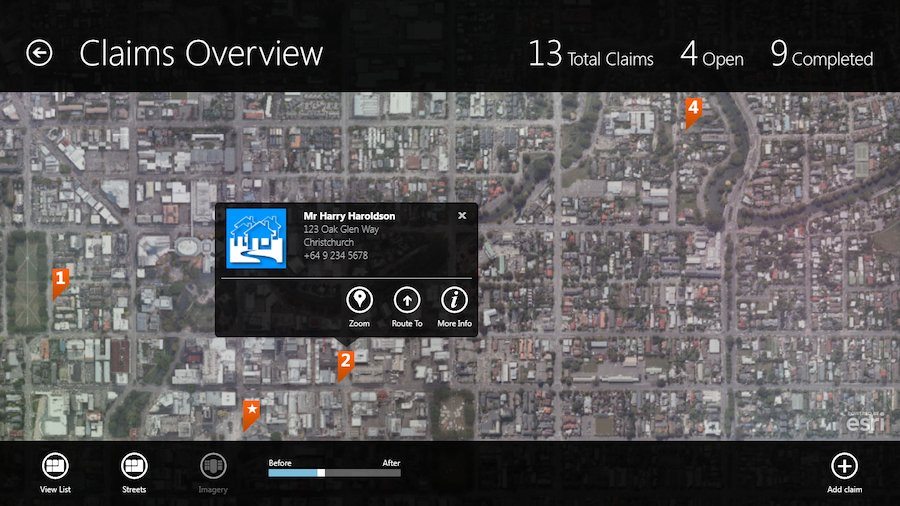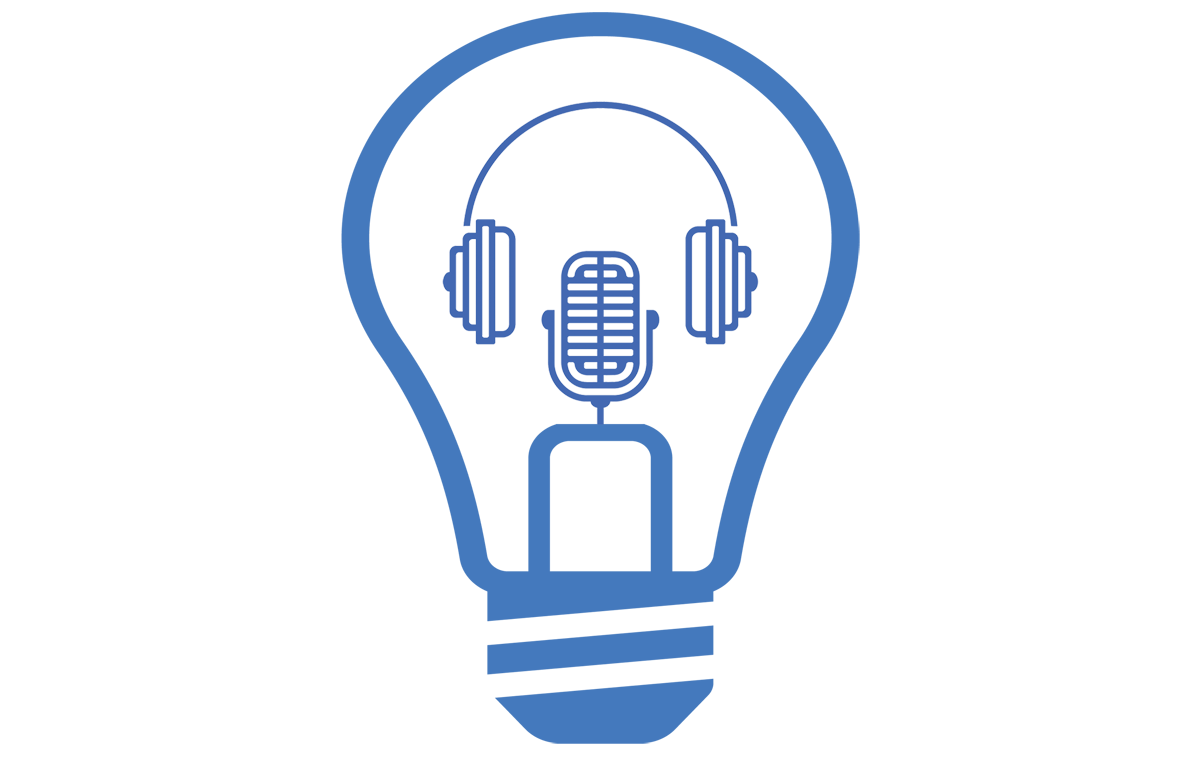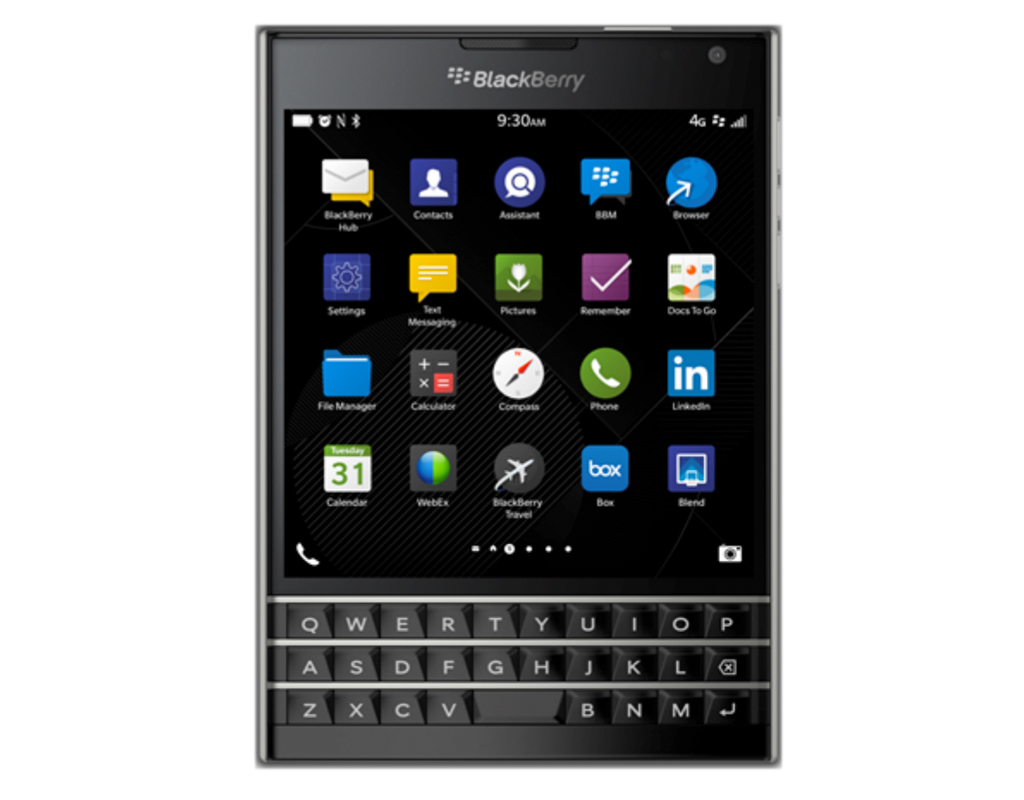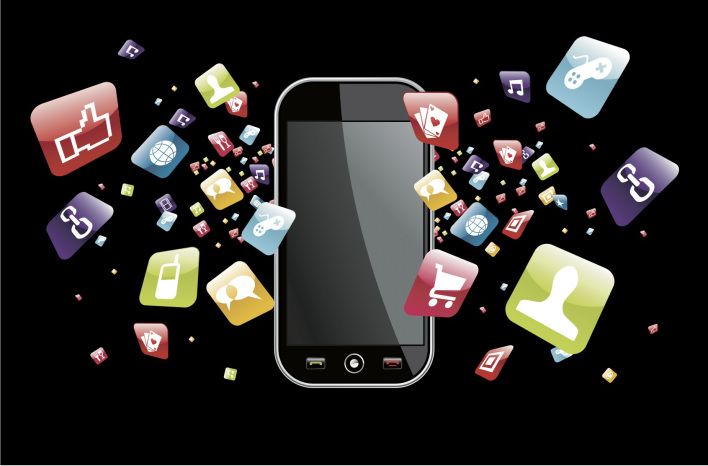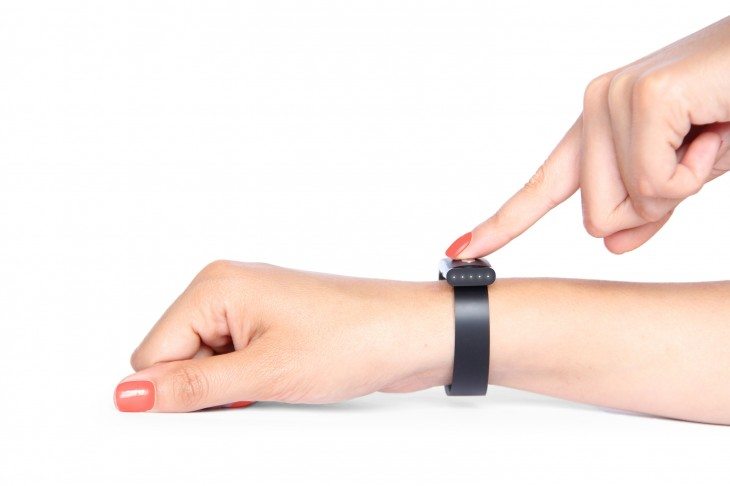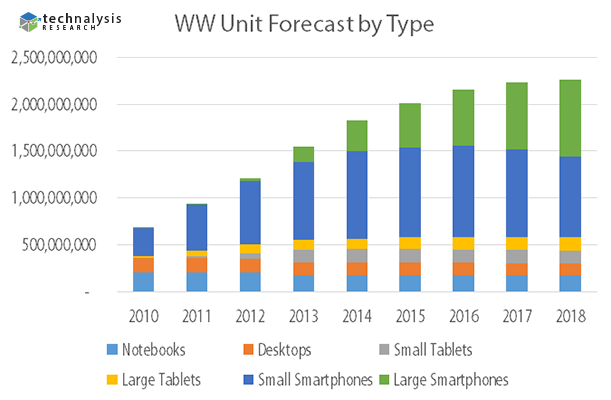The number of comedic comments that have been made about “size” probably outnumber knock-knock jokes these days, because it seems everyone likes to offer their view on the matter. When it comes to technology devices, there have also been numerous debates about the importance of size—or not—particularly when it comes to different devices within a specific category. The current iPhone 6 vs. 6 Plus discussions are a classic example.
What I haven’t seen discussed much is screen size differences across device categories. On the one hand, the reasoning is simple: everyone knows that TVs are bigger than PCs, which are bigger than tablets, which are bigger than smartphones, which are bigger than wearables. In fact, the very definition of several of these device categories (and sub-segments within them) is determined by screen size measurements.
Another reason we haven’t seen much discussion in this area is that it inevitably leads to the contentious discussion about which device is most important. Of course, “important” is a loaded word and could be interpreted to be the one that’s used the most, the one that provides the most value, or several other variations on that theme.
Interestingly, for some people, the amount of time people spend with their devices is directly proportional to their screen size, with many people spending the most time with their TV, next their PC and on down the line. Of course, there are many others for which it’s nearly the exact opposite (leaving out the brand new wearables category for the moment), with the most time spent on their smartphone, then their tablet, then their PC, and finally, their TV. I’ve even heard some discussions—which I don’t agree with—suggesting that within a few years, people will spend most of their time with wearables and less time with their smartphones and larger screens.
The implication in these arguments is that screen size doesn’t matter—that it’s all about portability and in that view, the smaller the better. Now, I admit I may be showing my middle age here, but c’mon, really?
In my opinion, larger screens do matter, and they matter a lot. In fact, I’d argue there’s a certain hierarchy of device importance based on screen size. In this instance, I’m not defining importance as time spent, because there is a lot of data out there (including my own) which suggests that reality is too complex to make a simple statement about time spent by device. What I’m referring to more is the ultimate importance of the activities done with the device—its overall gravitas.[pullquote]Larger screens do matter, and they matter a lot. In fact, I’d argue there’s a certain hierarchy of device importance based on screen size.”[/pullquote]
Looking at things from that perspective, I’d argue that the PC (which is, admittedly, second to the TV in terms of screen size) continues to be the most important device to many people, even for many who only use it occasionally. The PC is still the device where the most important activities occur—doing taxes, keeping track of finances, maintaining photo and music libraries, attaching peripherals, creating documents, editing photos and videos, design and much, much more. Do some people do some of these activities on other devices? Of course they do. But for many people, these critical activities are still being done on the biggest screen people can possibly get their hands on.
The importance transfers over to electronic commerce as well. While lots of people browse on smartphones and tablets, most of the actual purchases are made on PCs, because people still perceive the PC as the most important, potentially most secure device. Plus, given that PCs still have more storage than any other devices, it’s also the place where our libraries of personal data—collected from across all our other “smaller” devices—still reside.
That’s why innovation in PCs is still important, whether that innovation comes from Apple or Microsoft or Dell or whomever. At last week’s Apple event, for example, it was clear that the new iMac with the 27” 5K retina display in conjunction with OS X Yosemite is a serious piece of computing gear that deserves a spot at the top of the device food chain. (Although, I kept wondering where the standalone 5K screen for the new Mac Pro was….) But it’s also why Windows 10 in combination with a 5K display from Dell can earn an equivalent spot at the top of that hierarchy. (And if we needed any more proof of the ongoing significance of larger-screen devices, the fact that Apple’s PC revenues were higher than its tablets revenues in its most recent quarter pretty much puts an exclamation point on it.)
There’s no question that people will be spending a great deal of time with smaller screens, particularly as we start to finally see sales of devices with really small screens (i.e., wearables) starting over the next year or so. Nevertheless, it’s important to remember that when it comes to device screens, size really does matter.






